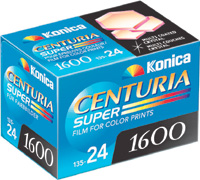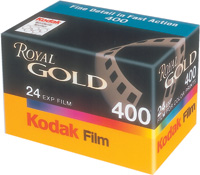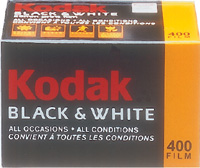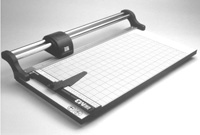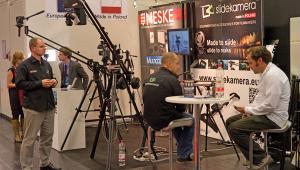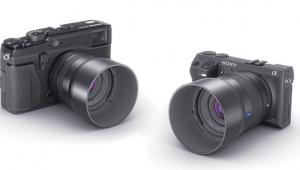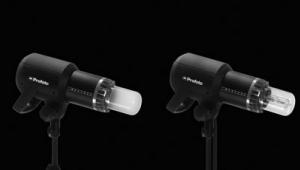Film, Chemistry, Paper, And Darkroom
A story I heard at this PMA
should reassure all darkroom aficionados and quiet some of the doomsayers.
A high school with a strong photography course decided that digital was
the wave of the future: the wet darkroom was a thing of the past. They
therefore closed the wet darkroom and offered only a digital course. The
students voted with their feet. No one enrolled for the course. At all.
The school reopened the darkroom and the students came back... Film Introductions |
|
Kodak has been tweaking their
Royal Gold and Advantix (APS) ISO 200 and 400 films. Both have finer grain
than before: Royal Gold ISO 400 film claims the finest grain in its speed
category. Changes in spectral sensitivity (in what Kodak calls the "short
red") have improved color rendition, particularly flesh tones. These
new changes are even being incorporated into 110 format films. Remember
110? |
|
The biggest news from Kodak, at least as far I am concerned, is that their professional black and white films will now be coated in a new, state of the art coating facility. Users of Tri-X, Plus-X, and T-Max will see new packaging, new catalog numbers, and new notch codes on sheet film. Do not be alarmed. Characteristic curves will not appreciably change. The look of the films will stay the same. What will change slightly is the development regime. New hardeners are being used in the films, which will affect diffusion rates and consequently development times. All of the pertinent information is posted on the web. |
|
A side benefit to the new coating
and new hardeners is that the films will be cleaner and will not attract
dust as readily as the original films, as well as being less susceptible
to reticulation, which has been something of an Achilles' heel with
Tri-X in particular. All films will appear on the market on a stock turnover
basis. By the time you read this, some of the new films should be available;
by late fall, most of the original films should have been replaced. And
new packaging for specialty films, High-Speed Infrared and Technical Pan,
shows Kodak's commitment to these products and quashes the persistent
rumors that they will disappear. |
|
Agfa said, "This has
been a repositioning year for us." There have been some changes
in emphasis, with the company concentrating more on the core business:
silver-halide film, paper, chemistry, and lab equipment. Their foray into
electronics has been discontinued. After the introduction of their Eye-Vision
technology in their consumer films, though, I would have expected to see
this introduced into their professional line-up. Again, photokina perhaps? |
|
Tweaking and improving was
the news from Ferrania. More people are using faster films, and, as I
understand it, faster films leave more silver behind in processing. Ferrania
has been looking into this and changing their emulsions to help make silver
recovery more efficient. They, like all their competitors, are constantly
working to improve color rendition. |
|
Mitsubishi announced a new
bulk pack of ME-100 color print film--not much use for the casual
shooter, but very useful for high-volume shooting. The bulk pack consists
of 300 rolls of 36-exposure ME-100 films in plain opaque canisters. Chemistry Report |
|
In recent years both E-6 and
RA-4 printing have become easier and easier, as a result of improvements
first developed for labs. Mono baths were a great improvement over the
old mixed chemicals, and then came Tetenal's dry chemistry in the
form of Photo-tabs and Photo Pearls. |
|
Printing Papers Handcoloring Darkroom Equipment |
|
Cleaning |
|
Magnifiers Storage |
|
Miscellaneous |
